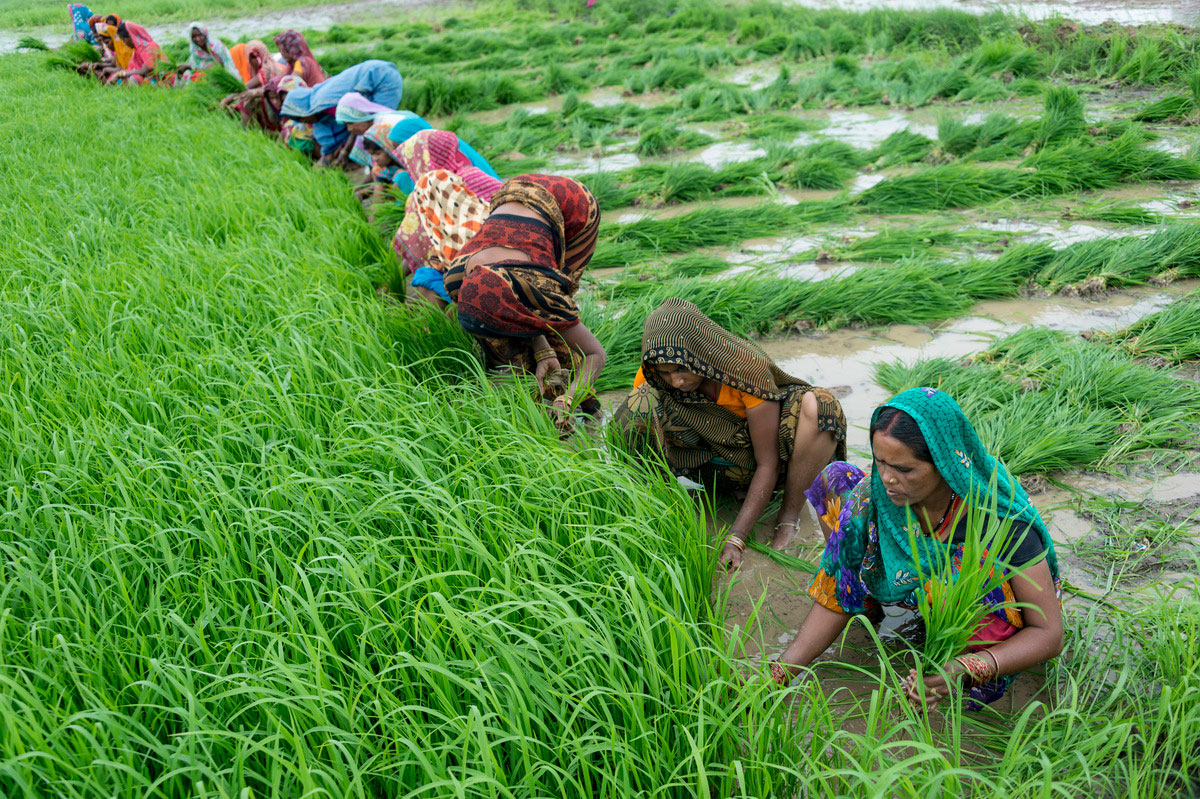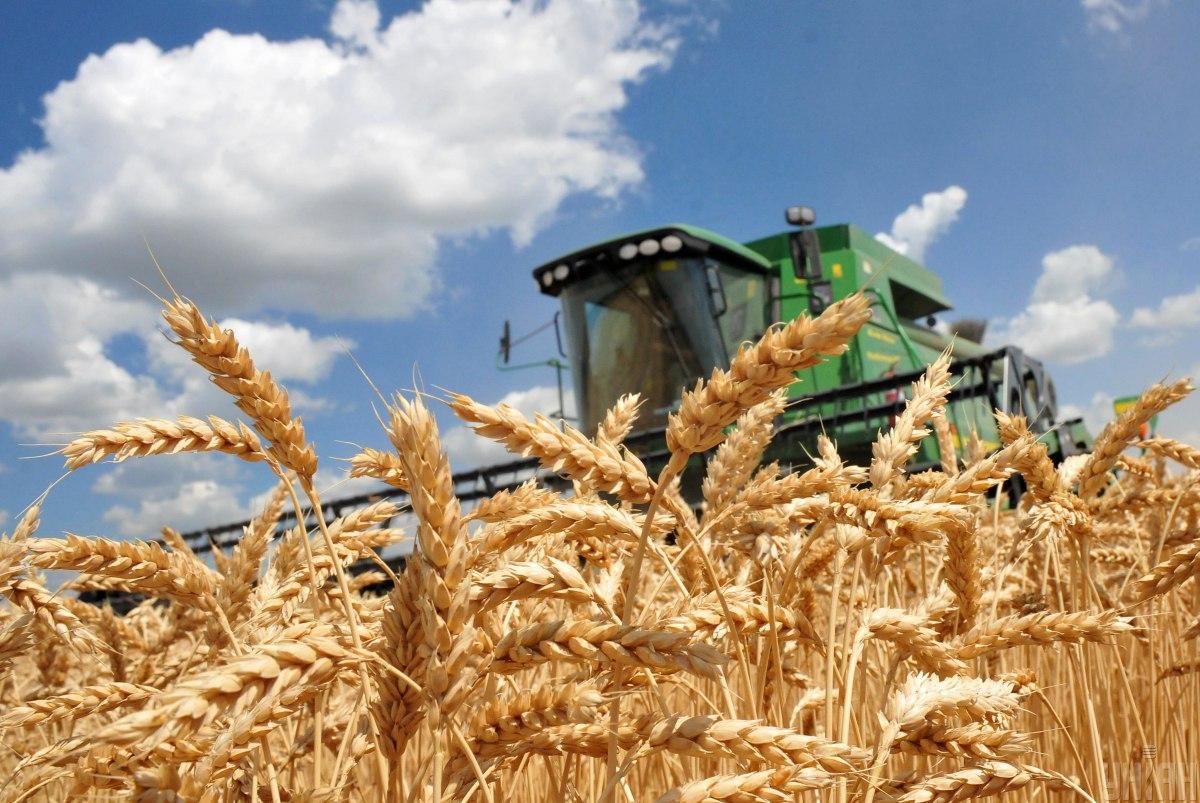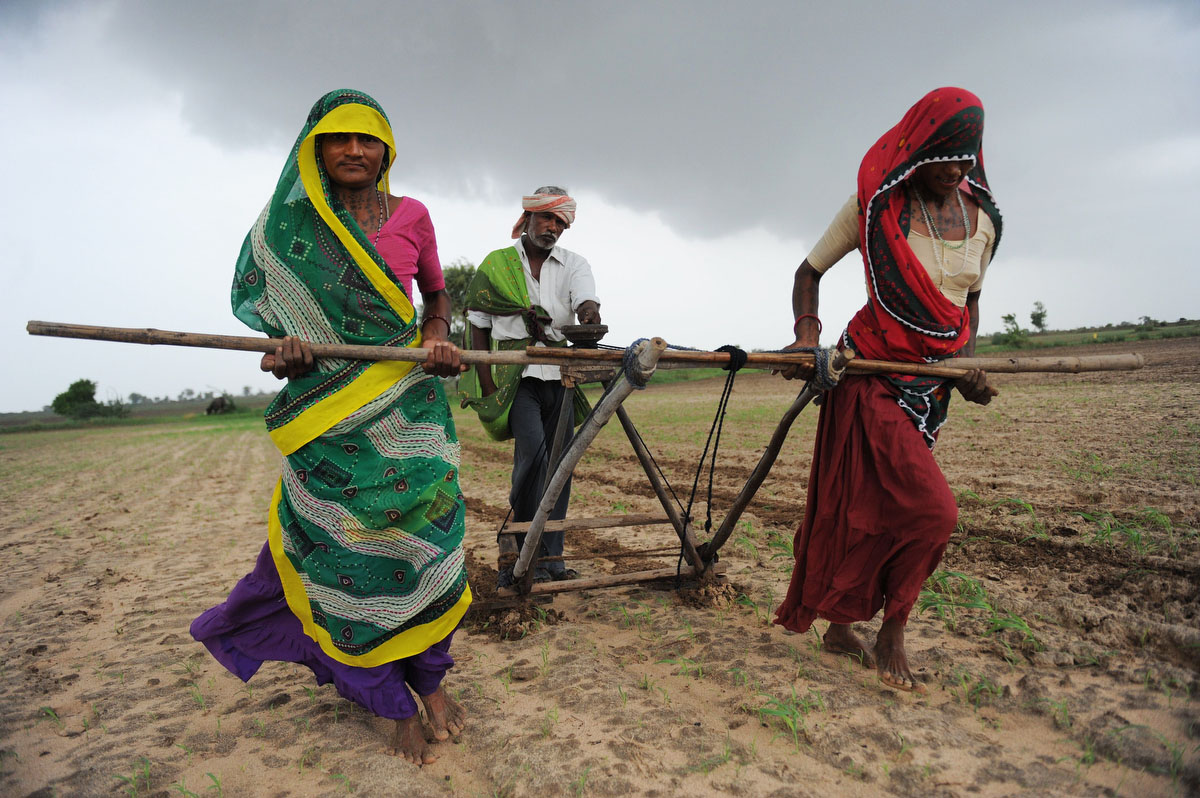Farmers’ Suicides in India – Reasons, Initiatives, Challenges & Solutions

When we talk about agriculture, it makes no sense without including our farmers. Agriculture is due to the existence of farmers. It is thanks to the efforts of the farmers that we get our food every day. The farmer’s low income caused endless torment in the agricultural sector, and this led to an increasing number of peasant suicides. These worrying realities require an appropriate policy response and sustainable alternatives to current farming practices.

Compared to other developing countries, Indian agriculture is dependent on the monsoon, which severely limits crop diversification. So risks include weather, a week-long or even delayed monsoon, low soil fertility, crop pests and diseases, and the ability to spoil crops, among other things, which are the primary causes of India’s agricultural shortage.
Land fragmentation
There is tremendous demographic pressure on the country, which has resulted in a low land-to-inhabitant ratio in rural areas. The lack of land and the existence of marginal farming families are the results of decades of land fragmentation that began after independence. Low productivity hampers the introduction of technology and new agricultural techniques.
Landless or marginalized farmers lack the resources to buy or lease more land for agricultural infrastructure to make up for land scarcity.
Rising agricultural costs.
Despite subsidies for energy, fertilizers, etc., input costs have risen faster than selling prices, squeezing small farmers’ meager incomes and putting them in debt. In addition, hiring workers and animals has become expensive, and the fixed costs of farm equipment such as tractors and submersible pumps have also increased.

In addition, small farmers do not have enough profit to justify the cost of transporting crops to state-owned enterprises. Most farmers prefer cash crops like cotton. However, they do not realize that the input costs for such crops are very high. When the harvest fails, it causes great hardship.
Lack of institutional credit
The National Crime Records Bureau (NCCB) report highlights that debt is the leading cause of farmer suicides. With no access to institutional credit, farmers turn to informal lenders who charge exorbitant interest rates, and as a result, farmers end up with enormous debts.
A Problem with MSPG
Public procurement at a minimum support price (MSP) is intended to protect farmers but mainly benefits large traders. More than 70% of farmers in India rarely receive MSP due to a lack of official market intervention.
Agricultural marketing
A lack of cold chain and storage infrastructure as well as processing capacities leads to high post-harvest losses. The uncertainty about the price of the product is a big problem. Many farmers remain at the mercy of the merchants.
The Agricultural Products Market Committee (APMC) is unfavorable. Farmers must sell their produce through auctions in regulated markets controlled by cartels of licensed traders. These cartels set low purchase prices, charge high commissions, delay payments, etc.
What measures are being taken by the government?
In recent years, the central government has taken measures, such as PM Fasal Bima Yojana (PMFBY), PM Krishi Sinchai Yojana (PMKSY), Electronic National Agricultural Market (eNAM), Soil Health Card, Neem Coated Urea, etc. Agriculture is an important part of the Senior Sector Loans (PSL) and the target for bank lending to agriculture has been revised upwards each year. The announcement in the 2018 budget for farmers The Union budget has announced MSP at 50 above production costs.
It suggested launching “Operation Greens” in the agricultural sector along the same lines as “Operation Flood” in the dairy sector. It is used for the marketing of perishable goods such as tomatoes, onions, potatoes, and others that suffer from high prices. fluctuations. Create a parallel marketing infrastructure by converting the existing 22,000 rural haats into Gram Farmers’ Markets. These mandis will be exempted from APMC regulations to allow direct sales to consumers and bulk buyers.
What are the shortcomings of government measures?
Ineffective Programs
Most agricultural development programs focus primarily on increasing productivity and crop production and ignore the negative impact of increased production on prices in a surplus situation.
PMKSY
PMKSY aims to enable farmers to install solar water pumps to irrigate fields. It’s ironic that the government is trying to install tubular wells amid concerns about groundwater depletion.
PMFBY
The PMFBY provides protection against crop failures, but farmers face market failures for which they have no cover.
MSP
The MSP Government has yet to address the concerns of farmers growing crops that fall outside the MSP.
What are the solutions?
Site-specific irrigation policies, identifying the adequacy of required irrigation systems to protect farmers from the adverse effects of climate change. It must be supplemented with the timely completion of canal irrigation projects and timely weather advice. More investment in agricultural R & D to develop crops that are more resilient to drought and pests, along with better irrigation technology.

Technological interventions that keep farmers informed about planting and harvesting dates and advisory services can help prevent mishaps. Crop diversification should be implemented to reduce crop loss rates across the country.
On land fragmentation.
Long-term leasing of farmland can be implemented without relinquishing ownership of the land. This is in accordance with the Niti Aayog I. Model Land Lease Law, no change of ownership, no leasehold rights, and the land reverts to the owner at the expiration of the lease.
On input costs
Government policy should promote integrated pest management, combining biological, chemical, mechanical, and physical means of pest control with the aim of eliminating or significantly reducing the need for pesticides.
Concerning institutional credit
Ensure that institutional financing is available and accessible. Lists of highly indebted farmers should be compiled annually at the village level to identify farmers on the path to possible suicide. NABARD must work with the local government to propose local policy interventions and also design restructuring initiatives, claim settlements, and better advice. Nationalized banks need to change the way they work to expand their rural coverage.
Creating employment opportunities in rural areas
There is a need to shift focus from farm income to farmer income, i.e., increasing farm incomes by expanding employment opportunities in and around rural areas. income. The Gobardhan Yojana needs to be introduced across the country. The aim is to keep the villages clean, generate energy, and at the same time improve the income of farmers and ranchers.




